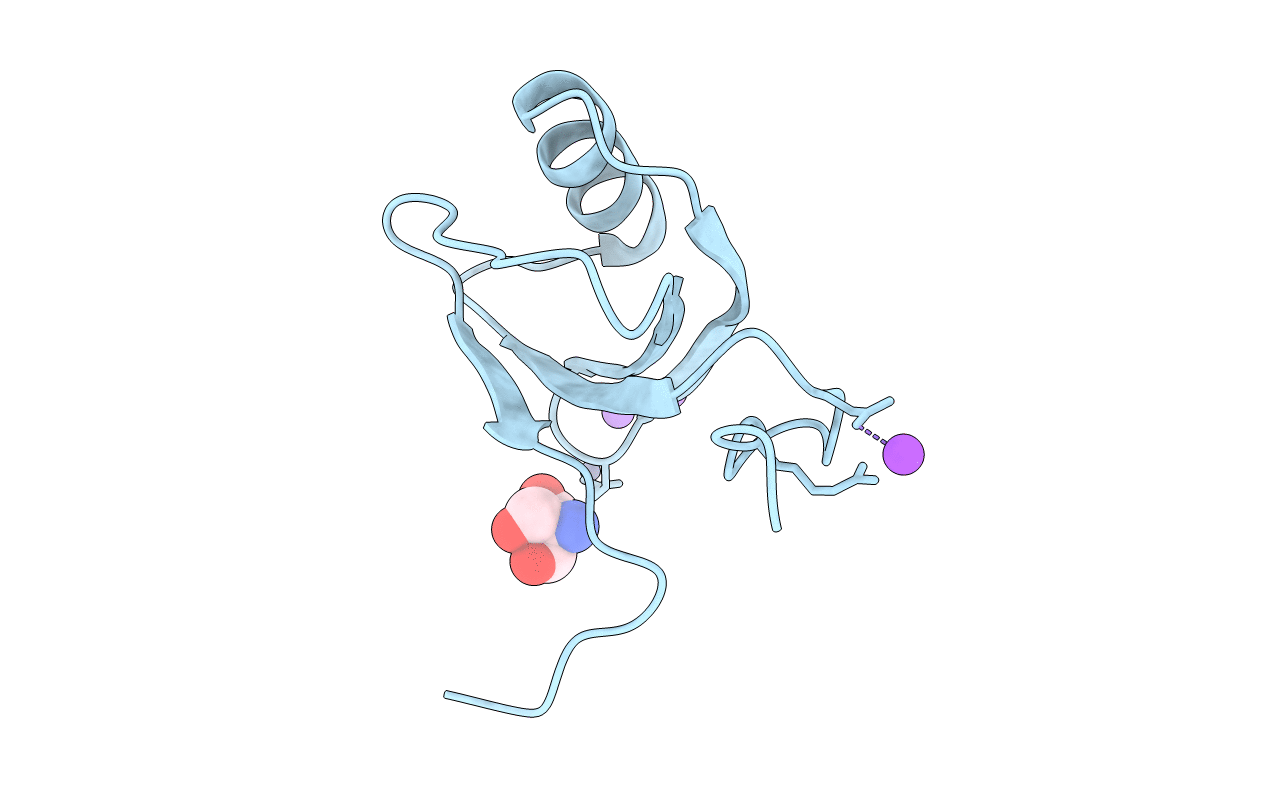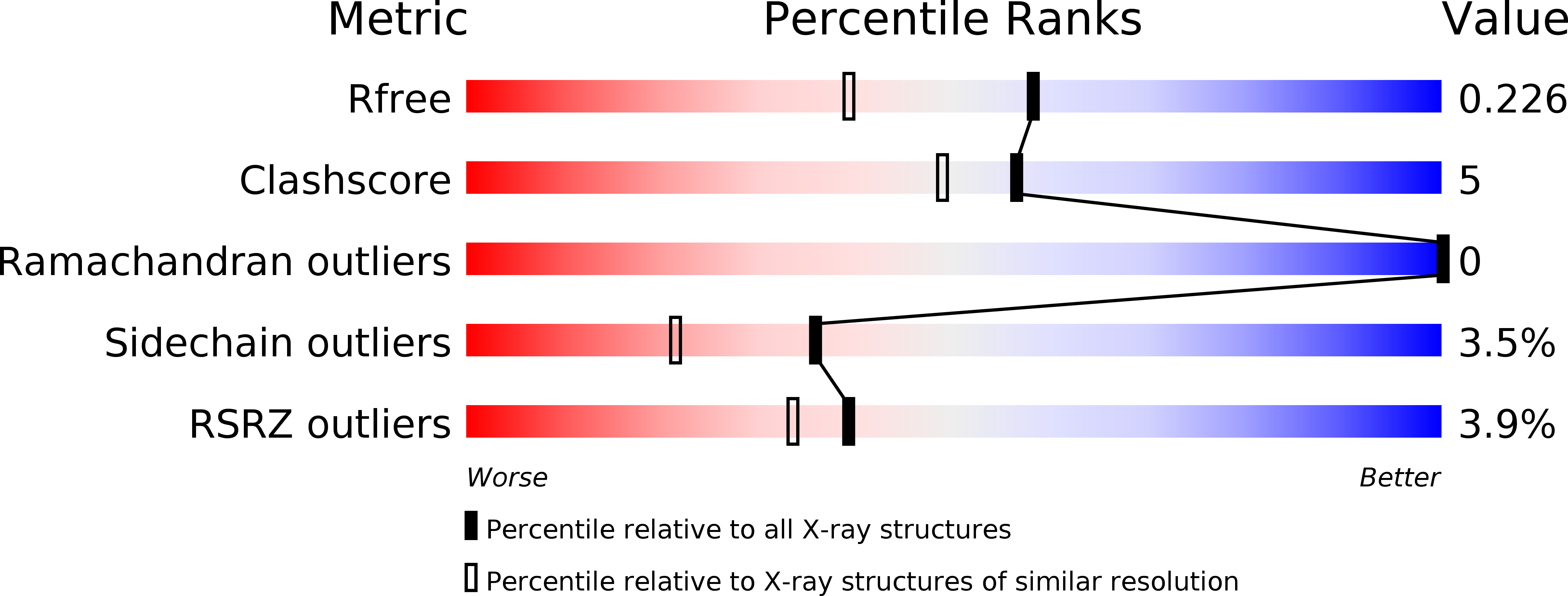
Deposition Date
2009-06-30
Release Date
2009-09-22
Last Version Date
2024-02-21
Entry Detail
PDB ID:
3I31
Keywords:
Title:
Hera helicase RNA binding domain is an RRM fold
Biological Source:
Source Organism:
Thermus thermophilus (Taxon ID: 262724)
Host Organism:
Method Details:
Experimental Method:
Resolution:
1.80 Å
R-Value Free:
0.22
R-Value Work:
0.20
R-Value Observed:
0.20
Space Group:
P 41 21 2


